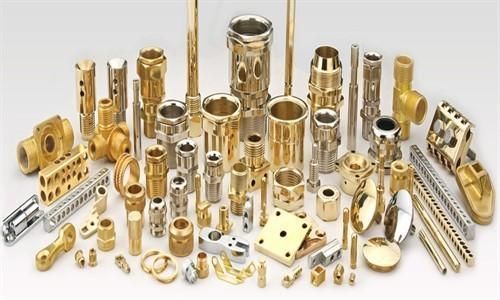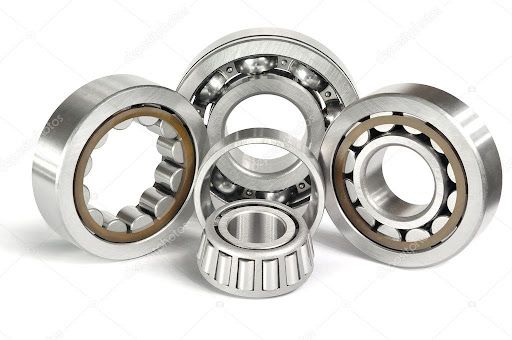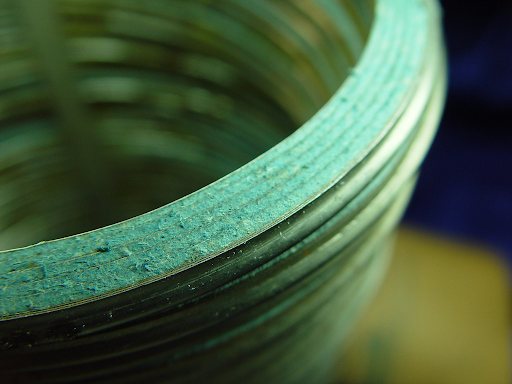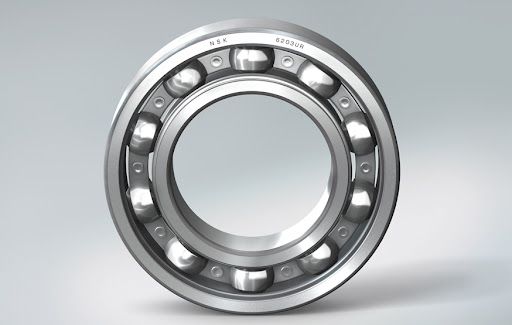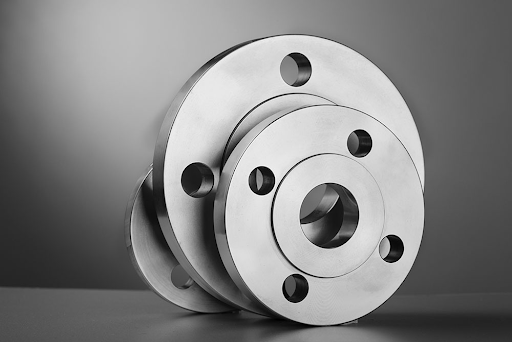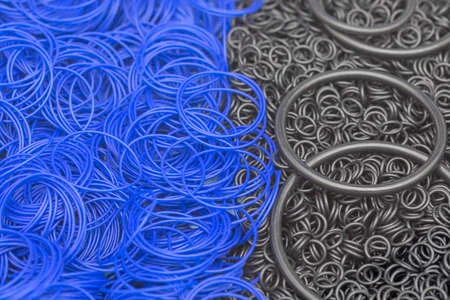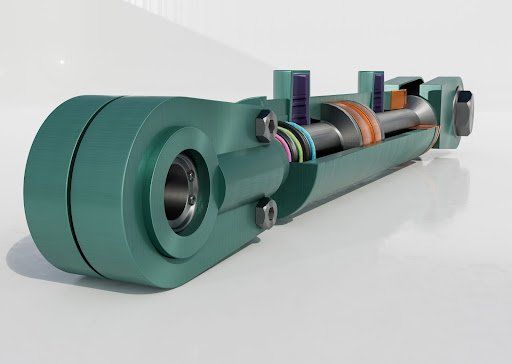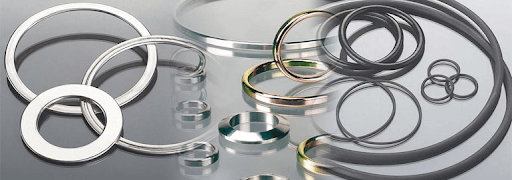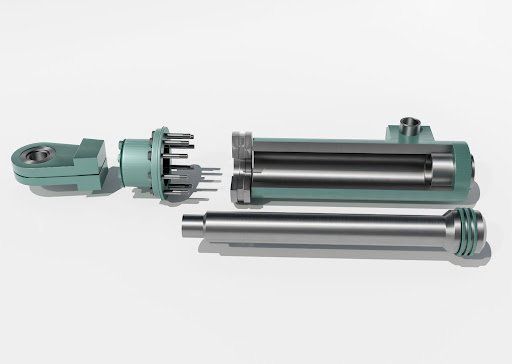All About Oil Seals
All About Oil Seals
Oil seals go by many names, such as shaft seals, dirt seals, grease seals, lip seals, and many other variations of these. They are essentially simple devices used in rotary shaft equipment to prevent lubricant from escaping and for excluding contaminants such as dust, dirt and water. An oil seal’s most important function, however, is that it protects every type of ball, sleeve and roller bearing in the rotating shafts. The seals also prevent the integration of two different fluids that shouldn’t mix, such as oil and water.
How do oil seals work?
The basic principle of an oil seal is fairly straightforward. It is installed adjacent to the bearing, with the flexible lip against the rotating shaft and the casing pressed into the housing to hold the seal in place. It’s important that the sealing lip is lubricated to prevent it from overheating as a result of any generated friction. It’s also crucial to understand which type of seal is appropriate for your particular machinery. Before selecting your seal, consider the environment, temperature, pressure and shaft speed of your machine, as well as the type of medium the seal will come into contact with during operation. These considerations will all determine the size, colour, and type of lip material or sealing element to choose, and whether it can be sealed in or sealed out.
What material are oil seals made from?
Oil seals are made from multiple compounds and materials. Some of the oldest, still in use today, are leather and felt compounds. The trend in mass production, however, has seen a move towards synthetic rubber or elastomers. Nitrile is by far the most popular material but developments in PTFE have created a surge of interest in buyers needing seals for high-speed shaft rotation applications. Viton is taking over from the polyacrylic and silicone, as it works better in high-temperature applications and has a high-resistance to abrasion and harmful chemicals.
There are various sizes of industrial and ordinary oil seals, ranging from 0 to 33cm (13in). These varieties are also designed for different temperatures. As long as your seal matches the original equipment it’s intended for, you can be sure your machine will perform at its best. For further guidance and information regarding oil seals, don’t hesitate to contact our knowledgeable team. We are always available to assist you with your bearing, seal and gasket needs.
We combine our years of expertise with exceptional customer service and the highest quality products. All this assures you of the best experience from start to finish.
Bearing Centre, Blantyre, Southern Region, Malawi, Africa - 312200
Website by Visionar
Subscribe to our newsletter
We will get back to you as soon as possible
Please try again later

